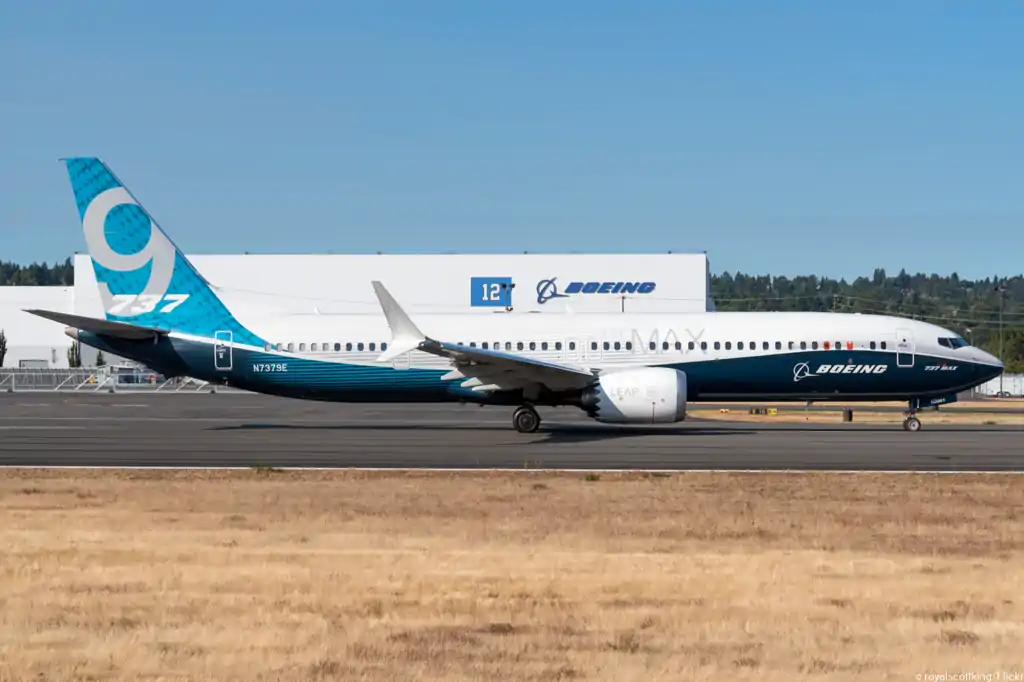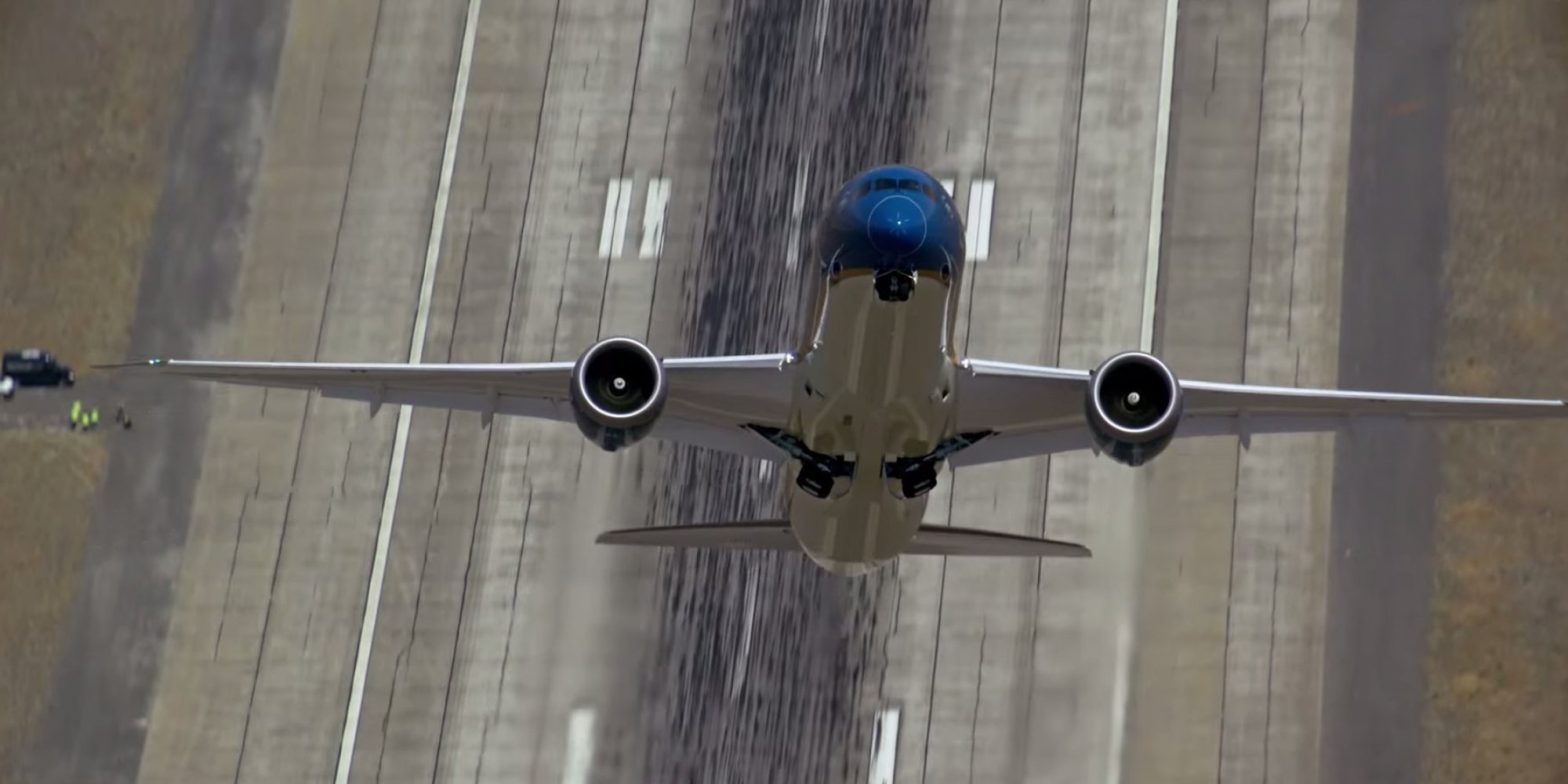Kelly Ortberg’s first Paris Air Show as CEO of Boeing was expected to carry a notably optimistic tone.
Since Ortberg took the reins in August, Boeing has made meaningful progress, including boosting output of its top-selling 737 Max aircraft, stepping up deliveries of new planes — a key revenue driver — and signaling a rebound from years of safety and production setbacks, as well as from losing ground to rival Airbus. The company’s shares have climbed over 13% this year, surpassing the performance of the S&P 500.
However, following the crash of an Air India flight on Thursday — the first fatal accident involving a Boeing Dreamliner — Ortberg canceled his plans to attend the major aerospace industry gathering, which kicks off Sunday.
The biennial Paris Air Show, which alternates with the U.K.’s Farnborough Air Show, is a key event for aerospace players. It draws industry heavyweights like Boeing and Airbus, who host lavish events, sign high-profile deals flanked by model aircraft, and dazzle onlookers with dramatic aerial demonstrations.
“As our industry prepares to start the Paris Air Show, Stephanie and I have both canceled plans to attend so we can be with our team, and focus on our customer and the investigation,” Ortberg said in a message to employees late Thursday, referencing Boeing Commercial Airplanes CEO Stephanie Pope.
The crash of Air India Flight 171 claimed the lives of all but one of the 242 passengers and crew aboard. The aircraft, an over 11-year-old Boeing 787-8 Dreamliner, was en route to London when it went down shortly after taking off from Ahmedabad, India, slamming into a medical student dining hall. The lone survivor was a British national born in India, seated in 11A.
The cause of the crash is still unknown, and a full investigation is expected to take weeks or months. Authorities are focused on understanding how the plane lost altitude so quickly and smoothly, culminating in a fiery crash. Investigators will rely on cockpit voice and data recorders — often referred to as “black boxes” — to uncover key insights.
“It is important that we do not speculate about the accident and let the investigators do their work,” Ortberg emphasized.
GE Aerospace, the manufacturer of the plane’s engines, also announced a delay in its investor day event that had been scheduled for Tuesday.
Geopolitical Unrest Adds to Uncertainty
The fatal crash isn’t the only unexpected development affecting the Paris Air Show.
On the eve of the event, Israel conducted missile strikes against Iran, prompting retaliatory drone attacks from Tehran. This escalation led airlines to cancel flights and reroute planes already in the air, as hundreds of other aircraft avoided the affected airspace.
These tensions are expected to amplify the focus on military spending during the show, while also raising broader concerns about the potential effects of geopolitical instability on commercial aviation demand.
Despite Setbacks, Deals Are Still Expected
Despite the tragedy and rising global tensions, Boeing, Airbus, and Brazil’s Embraer are all projected to secure substantial aircraft orders during the show. Demand remains strong, with wait times for popular plane models stretching well into the next decade.
On Saturday, Boeing projected the global need for 43,600 commercial airplanes over the next 20 years. The company anticipates that emerging markets will drive this growth, with their share of the global fleet expected to rise from 40% last year to over 50% by 2044.

According to aviation analysts, some of the aircraft orders announced could come from previously undisclosed buyers, though many deals in the pipeline are believed to be fresh.
Ongoing industry challenges such as labor shortages have continued to delay aircraft deliveries. At the same time, the back-and-forth on tariffs has sparked concern over rising costs for aircraft and parts.
Prices are also climbing. As of late April, a new Airbus A321neo was selling for $65 million, up from $58 million in early 2023. Meanwhile, the Boeing 737 Max 8’s price tag rose to $55.5 million, from $50.25 million in early 2023, according to aviation data firm Ishka.
With new planes in short supply, lease rates for older aircraft are also rising. By April’s end, a 12-year-old Boeing 737 commanded $241,000 per month to lease — a nearly 42% increase from two years earlier. A similarly aged Airbus A320 was renting for $239,000 per month, marking a 50% rise, according to data from IBA Insight.
Order Volume and Key Customers
U.K.-based aviation intelligence firm IBA estimates that manufacturers could announce between 700 and 800 commercial aircraft orders during the Paris Air Show. These include firm commitments, options, and softer agreements like memoranda of understanding or letters of intent.
Prospective buyers include Ethiopian Airlines, Poland’s Lot, Vietnam Airlines, Royal Air Maroc, Etihad, Saudi Arabia’s Riyadh Air, and AirAsia, according to Ishka.
“A large deal from China is inevitable sometime, for replacement if not growth reasons,” Ishka noted last week.
Initially expected to be among the potential customers, Air India is no longer anticipated to place any new orders following last week’s crash.
Bigger Planes Make a Comeback
As global travel rebounds, airlines are once again showing strong interest in larger, long-haul aircraft.
“It used to be all about single-aisle orders,” said Richard Aboulafia, managing director at aerospace advisory firm AeroDynamic Advisory. Now, “everyone is booking these monster twin-aisle orders for international traffic.”
Aboulafia pointed to the recent expansion efforts by international airlines such as Turkish Airlines and the Gulf carriers, which are aggressively pursuing a bigger share of the global passenger market — effectively “slicing the pizza into smaller pieces.”
While the crash casts a pall over the event, Aboulafia doesn’t expect it to significantly alter near-term demand, though it could result in some orders being deferred.
“It’s a terrible tragedy. It doesn’t make anyone’s lives easier,” he said. “I just don’t think given what we know now it has anything to do with the design or the build of the airplane. It sure doesn’t look like it.”

